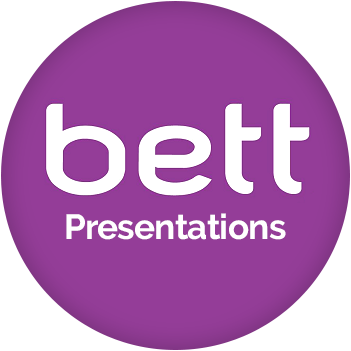This week is National Dyslexia Awareness Week (3rd – 9th October) and this year’s theme is ‘identification of dyslexia’. This is our second blog to highlight how technology can be used to support students with dyslexia.
What is dyslexia?
One of the best ways to understand dyslexia is to determine what it isn’t. It isn’t an indication of low intelligence or idleness. Dyslexia is a specific learning disability that primarily affects the ability to learn, read and spell. It often runs in families and stems from a difficulty in processing the sounds in words. Over 6 million people in the UK have dyslexia.
How Rugby High School supports students with dyslexia
At Rugby High School in Warwickshire students bring their own devices to lessons so they can use the accessibility tools on their device such as voice over, colour screen filters or change their font style.
Rugby High School also have a page dedicated to their SEN department which is known as ‘Boost’ in order to make students aware of dyslexia.
Sean Quinn, e-learning leader comments ‘Students use Frog to create their own individual learning plan with a student mentor or teaching assistant. Students are able to access lessons and resources via Frog therefore if they need to they can plan for lessons or reflect on previous ones.
‘We are also looking at using video technology through FrogSnap to provide evaluative feedback to students which can be accessed by all regardless of reading ability or accessibility.’
New developments in Frog
Frog will be releasing an ePub Reader app later this year as part of the Dickens release. The ePub Reader will enable students to make use of the wide availability of ePub texts on Project Gutenberg including many classics which are part of the English Literature curriculum.
The ePub Reader has a range of accessibility features which can support people with dyslexia such as:
Ability to control background colour and font to optimise readability
this has proven to help people who struggle to read by avoiding the white background.
Inclusion of the dyslexic friendly font OpenDyslexic
a font designed to mitigate some of the common reading errors caused by dyslexia.
Text to speech synthesis
allowing users to have both full chapters of text or just highlighted text read aloud.
The ePub reader app will be available as (part of the Dickens release) later this year.



